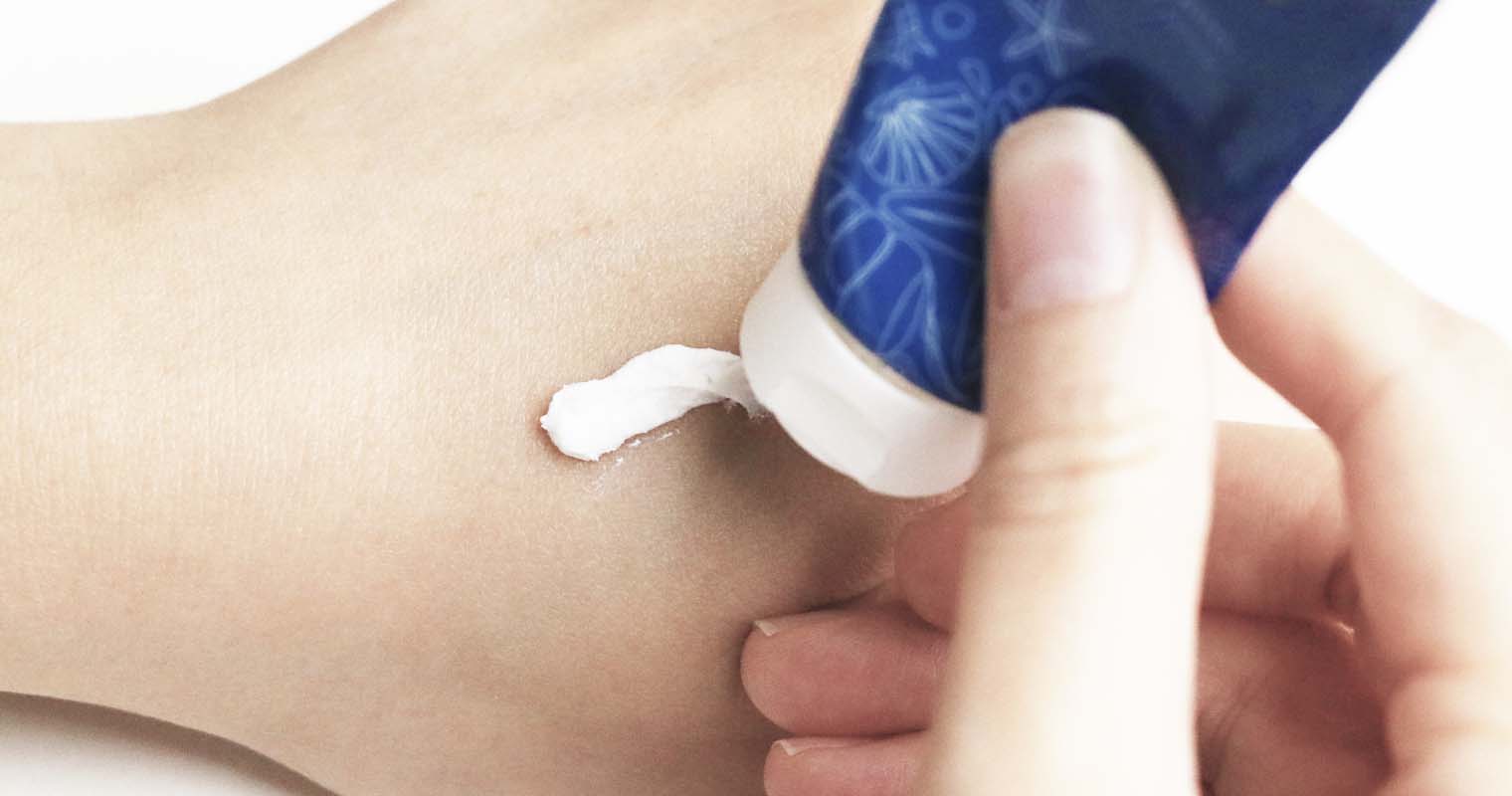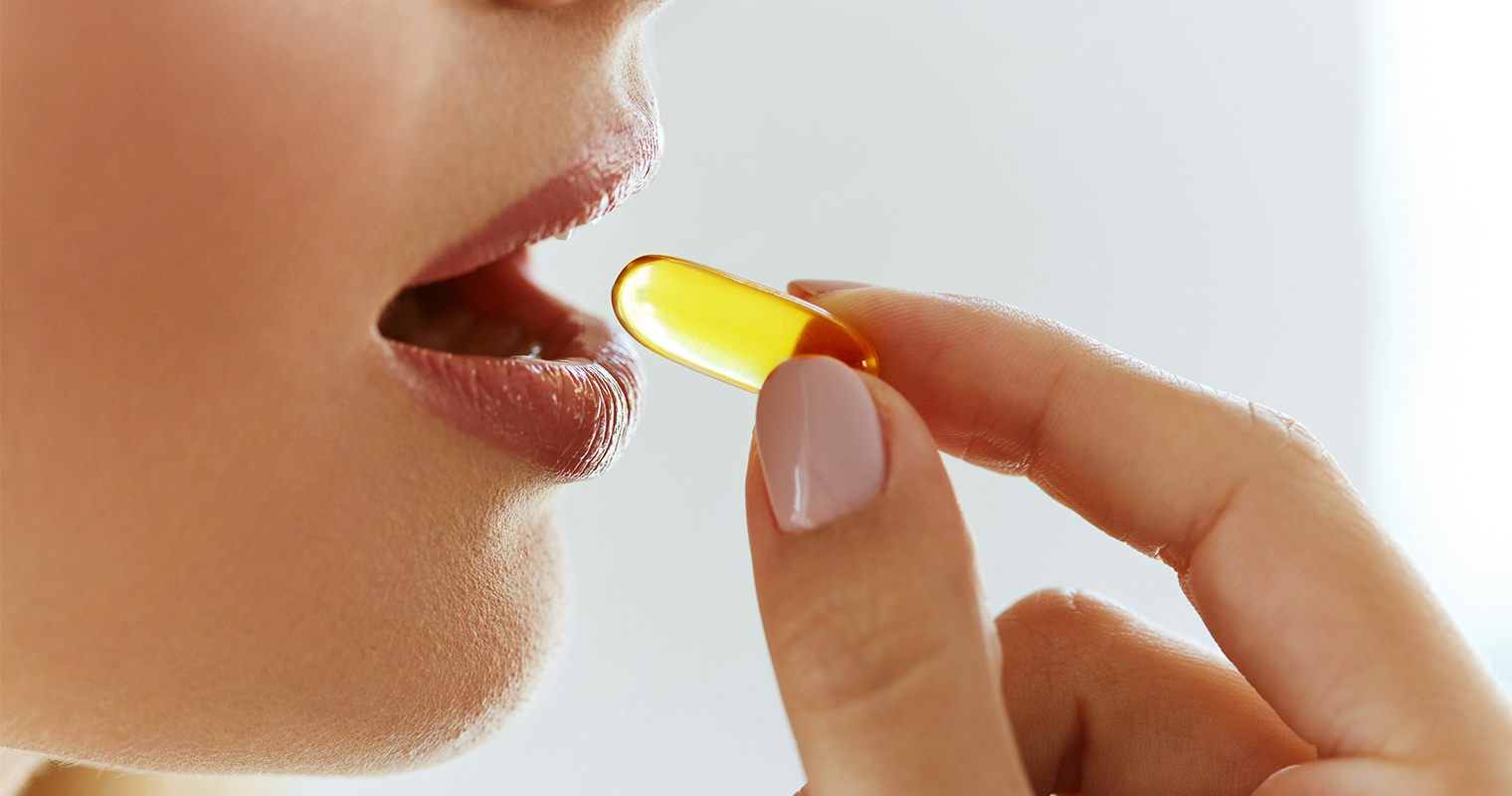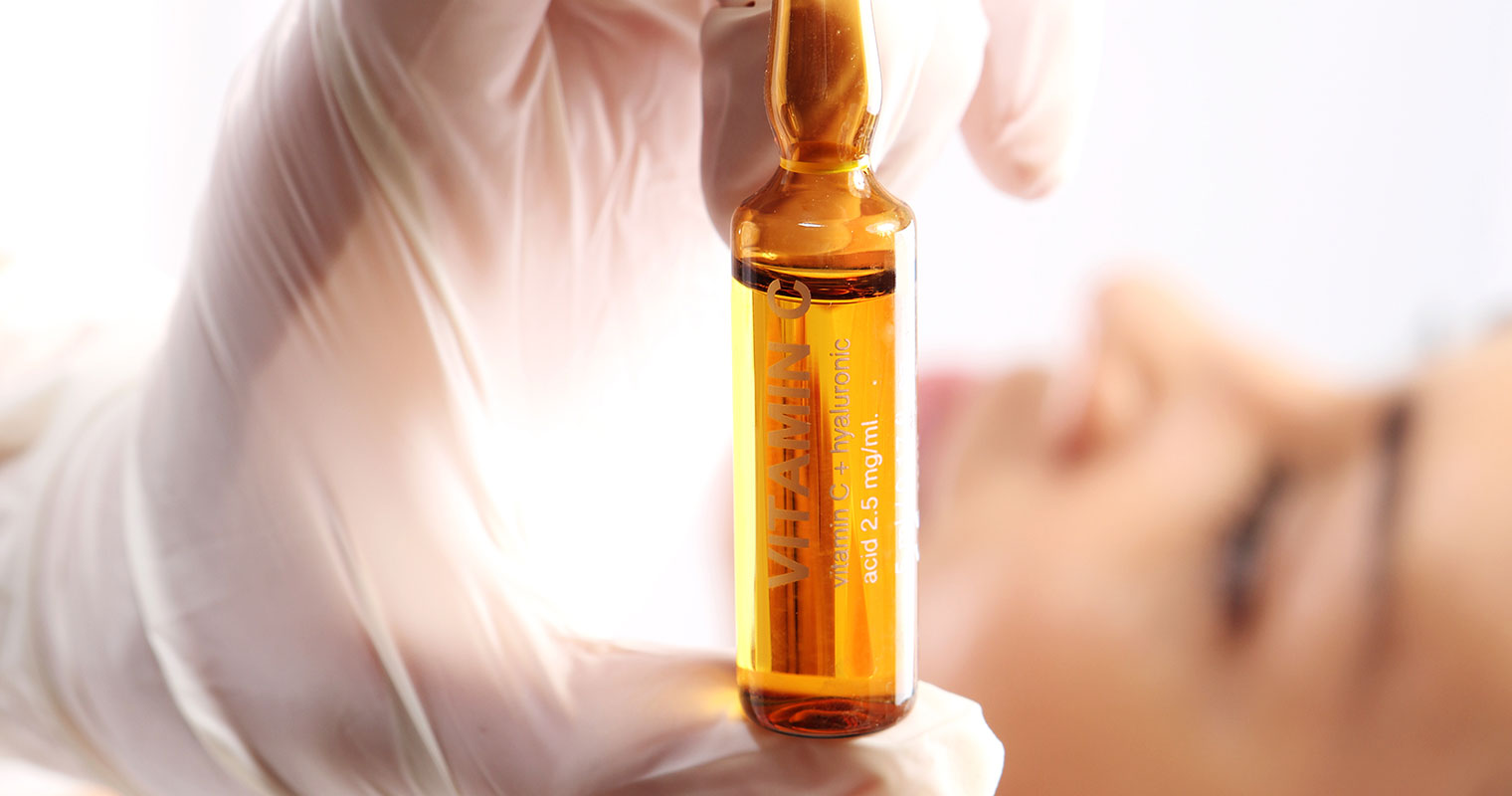The visible presence of hyperpigmentation on the skin can be highly distressing for some people. Getting rid of the uneven pigmentation may impact their self-esteem and quality of life as a whole. They may feel ashamed of their appearance, less willing to participate in social activities, and frustrated in their attempts to treat the hyperpigmentation.
The good news is that depending on the type of hyperpigmentation, certain conditions are not only preventable to a large extent but also reversible and concealable. There are also ways to accomplish this with naturally-derived ingredients!
Here, we answer 5 questions you may have about hyperpigmentation and its causes. Looking for natural ingredients in skincare products can help address related skin concerns.
1. First of all – what is hyperpigmentation?
The term ‘hyperpigmentation’ refers to when certain spots on one’s skin are darker than the surrounding areas of skin, resulting in an uneven skin tone. These spots can be of varying sizes and degrees of darkening.
Types of hyperpigmentation
There are several types of hyperpigmentation, which all have different appearances and causes. Some examples of hyperpigmentation types are melasma, freckles, and age spots.
Different types of hyperpigmentation are visually distinguishable. But it is crucial to note that certain types elicit different responses to various treatments. Some treatments may prove to be effective for freckles and not melasma, and vice versa. Therefore, it’s critical to be aware of the type of hyperpigmentation you have. This is so that you receive the right treatment best suited for your skin condition.

2. What are the causes of hyperpigmentation?
Hyperpigmentation is generally caused by the excessive production of melanin, a natural pigment found on the skin. There are many potential triggers for hyperpigmentation in the skin.
One of the key risk factors is exposure to ultraviolet (UV) rays from the sun. This exposure varies according to factors such as one’s occupation, physical activities, and the environment. High levels of air pollution in the environment can lead to a higher risk of developing hyperpigmentation. This can trigger hyperpigmentation conditions such as melasma.

A person’s diet also plays an important role in the formation of hyperpigmentation. Several studies have linked deficiencies in dietary Vitamin B12 to an increased risk of skin hyperpigmentation. Certain diets, such as a vegetarian diet, can lead to a deficiency in Vitamin B12.
Another key risk factor is the hormonal changes that happen as a result of pregnancy and/or taking oral contraceptives. These and certain skincare treatments such as dermabrasion can induce hyperpigmentation. Though this condition could be an avoidable outcome of the procedure, it is noteworthy that it may increase one’s risk of developing hyperpigmentation.
3. What types of skin are most prone to developing hyperpigmentation?
There is a multitude of lifestyle factors that can cause or influence the risk of developing hyperpigmentation. However, certain skin types are inherently more susceptible to this risk than others. For instance, the biggest risk factor in the development of melasma is a genetic predisposition for the condition.
Acne is also a major risk factor for developing hyperpigmentation. Hence, acne-prone skin types are highly prone to developing hyperpigmentation. Ethnic groups with darker skin types are also prone to development, as well as age. Hyperpigmentation is more common in people under the age of 50. This is due to the differences in hormonal balance and cell activity in the skin.

4. What can I do to prevent hyperpigmentation from developing?
It is an unavoidable fact that due to genetic factors, certain skin types are simply more prone to hyperpigmentation. Even with a healthy lifestyle, genes make up a huge part of the development of our skin. But there are several preventative measures that help reduce or obliterate the risk of developing hyperpigmentation.
Use sunscreen
Given that exposure to UV rays is a serious risk factor, getting adequate sun protection is a concern to be addressed. You can start by getting a sunscreen with a PA+++ rating, or an SPF of at least 30. Ensure that you apply the recommended amount – the general rule of thumb is about two tablespoons. Focus on the parts of the face and body that are at risk of sun exposure.
Reapply the sunscreen when necessary, especially for prolonged exposure to the sun. The sunscreen should ideally contain physical ‘blockers’ or ‘reflectors’ of UV rays, such as titanium dioxide or zinc oxide in their formulation. Be sure to check the ingredients list when shopping for a new sunscreen.

Take vitamins
Additionally, a lack of sufficient amounts of Vitamin B12 in the diet can contribute to the onset of hyperpigmentation in the skin. Ensure that you are eating enough foods rich in this important vitamin, especially if you are adhering to a vegetarian or vegan diet. Sources of Vitamin B12 are harder to come by for a vegetarian diet.
You can get vitamin B12 from animal foods such as meat, eggs, shellfish, dairy, or from fortified breakfast cereals. They also come in the form of supplements.

5. What can I do to treat existing hyperpigmentation?
There are some kinds of hyperpigmentation that are reversible. Melasma, defined as the darkening of the skin caused by Vitamin B12 deficiency, is one of them. However, not all kinds of hyperpigmentation are reversible, nor do they respond in the same manner.
Some popular options for reducing the appearance of hyperpigmentation include laser removal treatment and the use of topical treatments. These treatments contain hydroquinones, which makes it a preferred skin whitening ingredient.

However, there are other options for those who are looking specifically for natural ingredients in the treatments. This may also be good news for those who might wish to avoid laser treatments an/or formulations containing hydroquinones.
Here are a few naturally-derived ingredients to look out for and to incorporate into your skincare routine:
Soybean extract
In one experiment, the application of soybean extract on the skin ‘significantly improves’ the appearance of mottled hyperpigmentation. Due to certain components found in the soy protein, soybean milk could also have a whitening effect on the skin in general.

Arbutin
Found in the dried leaves of plants such as blueberry, pear or cranberry. It works by inhibiting certain cell activities involved in hyperpigmentation. However, one study has shown that arbutin treatments might be more effective on light-skinned patients than the dark-skinned. Hence, darker-skinned people can look at other ingredients on the list first before trying products with arbutin.
Vitamin C
Also known as L-ascorbic acid, Vitamin C is a powerful antioxidant that has found use in skincare formulation. It is effective for reducing the appearance of hyperpigmentation. A product containing Vitamin C includes leave-on serums.
Take proper care when incorporating products with Vitamin C into your skincare routine. Some minor adverse reactions include skin dryness, slight yellowish skin discolouration, and hypopigmentation (loss of pigmentation) in the hair.

Liquorice extract
Derived from liquorice root, it features rather heavily in traditional Chinese medicinal practices. Liquorice extract contains a substance called glabridin, and it can help prevent pigmentation caused by UVB radiation. It’s also effective in the treatment of melasma. You can find this ingredient in a wide variety of products, from toners to moisturisers to serums and sheet masks.

Willow bark extract
This extract shares the same origin as the salicylate acid – the bark of a willow tree. As an acid known as phytohormone, it behaves similarly to a hormone. It regulates certain cell activities in the skin that could contribute to the treatment of hyperpigmentation. Skincare products containing this ingredient should not be left on the skin for too long due to its strong acidity. Wash the product off the skin or neutralise it with lotion. An example of such products is a liquid exfoliant which is rinsed off with water or neutralized with a moisturiser.

Glycolic acid
Also known as alpha hydroxy acids, this ingredient came from the sugarcane plant. Studies have demonstrated that glycolic acid appears to be very effective in the treatment of some hyperpigmentation types. This includes solar lentigines, melasma, and post-inflammatory hyperpigmentation.
As with the willow bark extract, glycolic acid products come in the form of liquid exfoliants. Some exfoliants may contain both glycolic and salicylic acids. They, too, are washed off or neutralised. However, it’s important to note that unlike the willow bark extract, glycolic acid can cause photosensitivity. Hence, it’s necessary to be consistent and generous in your sunscreen application. This is imperative if you are using a glycolic acid treatment, and can prevent a nasty skin damage.
Kojic acid
Extracted from a fungus, it serves as a popular treatment for melasma because of its pigment-lightening properties. You can find this ingredient in products like creams, serums, and soap bars. Similar to Vitamin C, take proper care when using products containing kojic acids. You may experience common side effects such as contact dermatitis and skin sensitisation.
Vitamin E
Its antioxidant properties help in fighting hyperpigmentation. It promotes de-pigmentation, and you can find this ingredient in products such as moisturisers, facial oils, and serums.
You can prevent hyperpigmentation to a large extent, and it may also be reversible. There are many effective treatments out there for people who wish to remove existing hyperpigmentation. It is also good to know that you can achieve a more even skin tone that was darkened as a result of hyperpigmentation.
The appearance of hyperpigmentation can be distressing and frustrating. Making changes in your lifestyle and skincare routine can help in restoring the health of your skin. If need be, do consult a dermatologist for professional advice on hyperpigmentation that is specific to your skin type and concerns.

References
https://www.medicaljournals.se/acta/content/html/10.2340/00015555-1225
http://onlinelibrary.wiley.com/doi/10.1111/jdv.12048/full
https://www.ncbi.nlm.nih.gov/pubmed/28670354
https://www.ncbi.nlm.nih.gov/pmc/articles/PMC4554280/
https://www.ncbi.nlm.nih.gov/pubmed/25856944
https://www.ncbi.nlm.nih.gov/pmc/articles/PMC4155956/
http://jddonline.com/articles/dermatology/S1545961615P0337X
https://www.ncbi.nlm.nih.gov/pubmed/3983253
https://www.medicaljournals.se/acta/content/html/10.2340/00015555-1225
http://www.cosmeticsandtoiletries.com/regulatory/uvfilters/What-Should-the-Minimum-Recommended-SPF-Be-to-Avoid-Sunburn-199882841.html
http://www.skincancer.org/skin-cancer-information/ask-the-experts/how-much-sunscreen-should-i-be-using-on-my-face-and-body
https://www.ncbi.nlm.nih.gov/pmc/articles/PMC4142815/
http://jddonline.com/articles/dermatology/S1545961613S0123X
https://www.ncbi.nlm.nih.gov/pmc/articles/PMC3461803/
https://www.ncbi.nlm.nih.gov/pubmed/18045355
https://www.ncbi.nlm.nih.gov/pmc/articles/PMC2769151/







